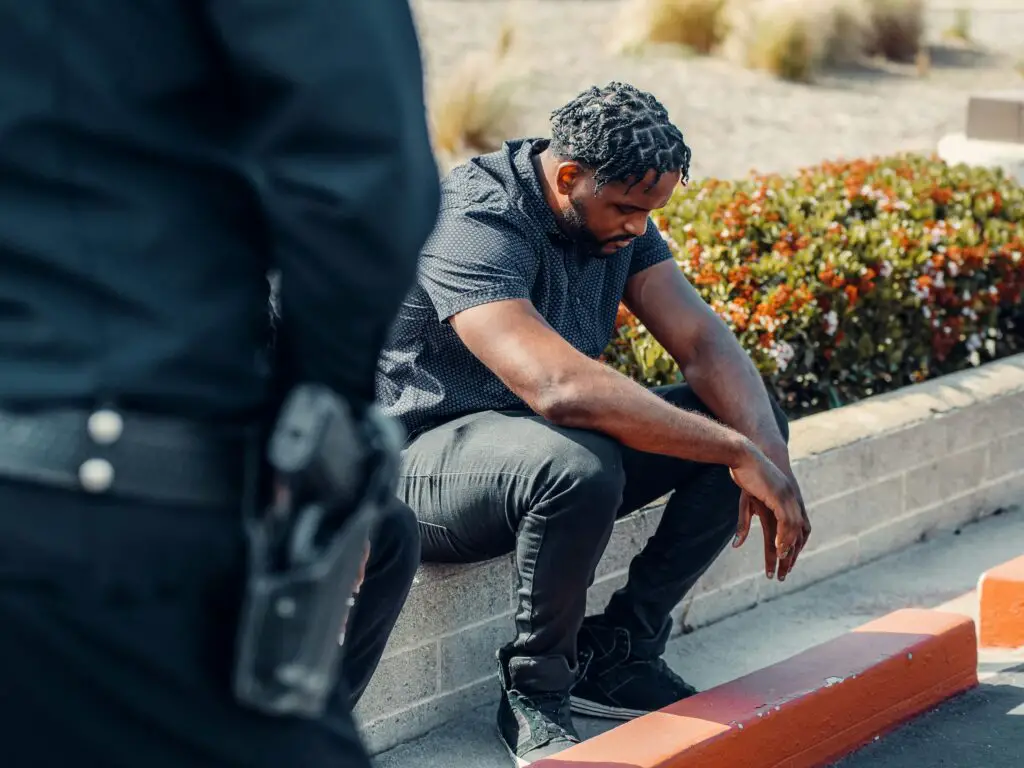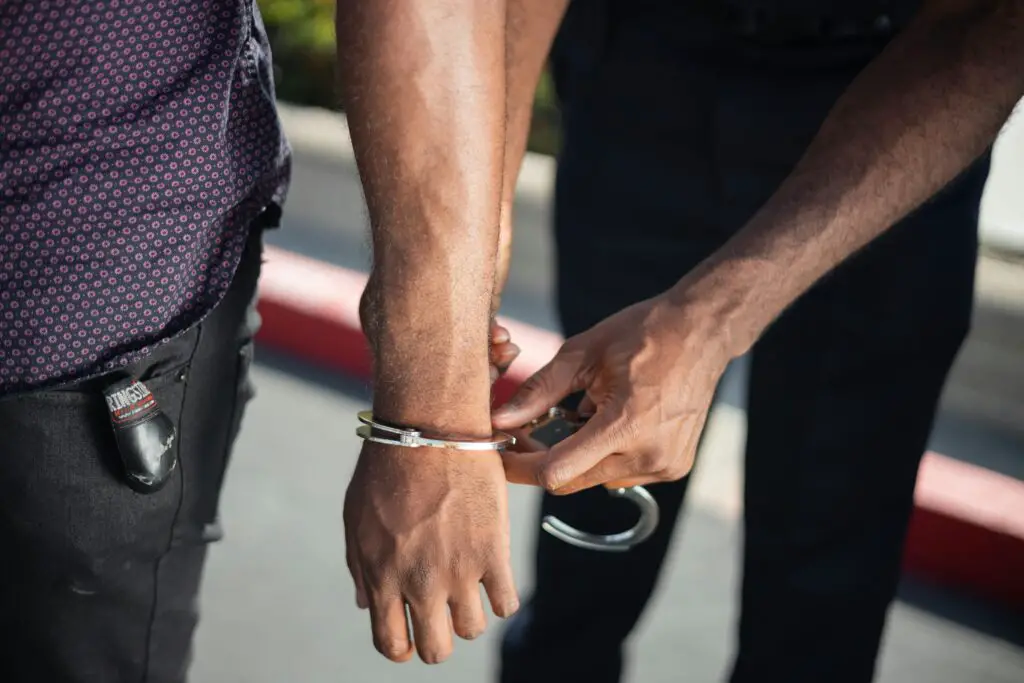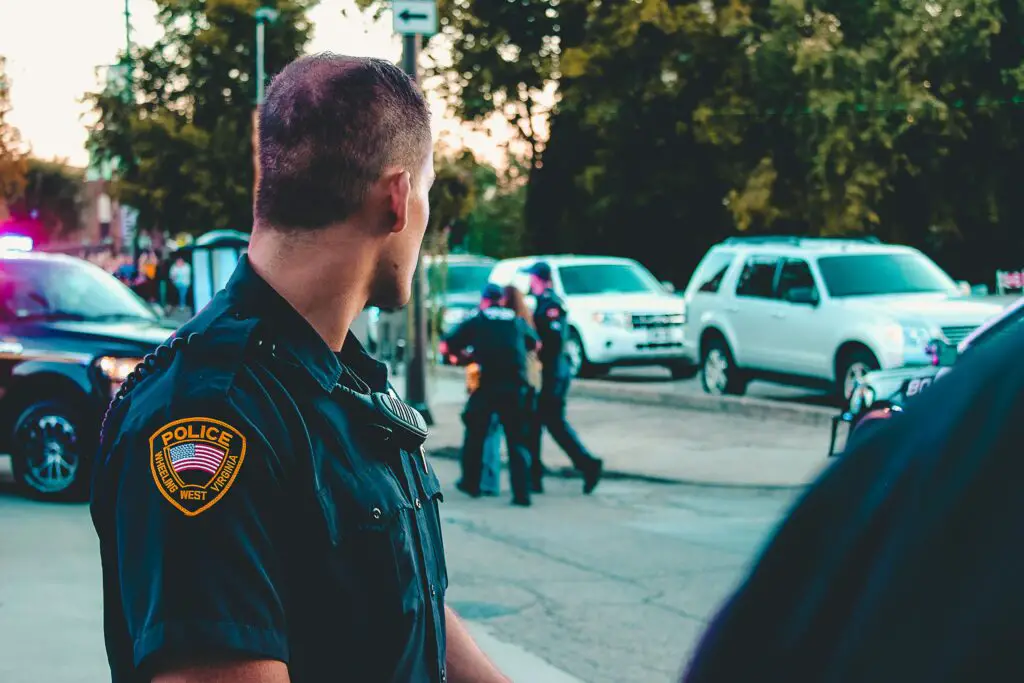Related Posts
Although police are meant to protect and serve, their activity can sometimes be alarming. Under the law, police may stop, question, or detain individuals if they have sufficient reason. This reason often involves reasonable suspicion or probable cause. Many news stories highlight instances where police stop people seemingly without cause. There are even clips of kids and teens being stopped or having run-ins with the law. In a new viral clip, multiple police stop and detain a teenager after his shift at work.
The video shows a teenager who just got off his shift at work. After leaving his job, multiple police confront him. They aggressively yell at him to stop and get down on the ground. The man tries to explain his situation, but the cops do not stop. From their dialogue, it appears as though it’s clear that the cops think he is a suspect in a crime. The clip ends with cops grabbing the teen as he kneels on the ground.
Teenager Detained Out of Nowhere: Is It Legal?
Like many of the commenters who watched the video, you are likely wondering if it is even legal for the police to detain someone “out of nowhere.” The answer to that question is no. However, there are many times when police can detain you for seemingly no reason. In those cases, the reason is likely extraneous, hard to see, or related to another situation that is going on.
According to attorney Ugo Lord, there are some instances when police can detain you even if you haven’t necessarily committed a crime. The most common reason is if police are investigating another case involving a suspect who is at large. Matching the suspect’s description is often sufficient for reasonable suspicion to question or detain you, mainly if you are in the vicinity where the crime occurred.
Many rulings regarding these cases fall upon whether the police officers involved had enough reason to believe the person they detained could be a suspect. Some reasons for detainment include:
- Matching a description of a suspect from a crime.
- Being within the immediate area of a crime (while matching a description).
- Having illegal paraphernalia on or near your person.
- When there is an emergency where evidence would be lost, or others would be injured.
- If there is an outstanding warrant for your arrest.
Reasonable Suspicion vs Probable Cause

Several legal protections prevent police from making unnecessary searches and arrests. Many of these laws and regulations also prevent searches that occur with prejudice or a lack of evidence.
When discussing these important laws, they often interchange the terms “probable suspicion” and “probable cause” interchangeably. In reality, while these terms are incredibly related, there are some critical differences between them that you should know.
Reasonable Suspicion
Reasonable suspicion is the legal concept that governs how and when police can initially stop someone to question them, observe a scene, or search for contraband and weapons. To do one of these, police must have “reasonable suspicion” that a person has done a crime, is doing a crime, or is actively planning to do a crime.
Reasonable suspicion is better than a hunch. It is the step between an officer thinking a crime has been committed and being sure of it. After officers use their reasonable suspicion to investigate a situation, they may encounter probable cause for a crime, which is a step further.
Probable Cause

Reasonable suspicion can be thought of as the precursor to probable cause. A situation falls under probable cause when an officer has evidence that a crime was committed. In addition to the comprehensive legal definitions, each state or area may have its rendition of the rules regarding probable cause. For instance, the state of Washington simply states, “A police officer having probable cause to believe that a person has committed or is committing a felony shall have the authority to arrest the person without a warrant.”.
In the viral video clip, the cops connected the teen to the description of a current suspect. The teenager was likely in the general area where the crime took place. Thus, the police had complete probable cause to believe that the teenager was the suspect in question.

